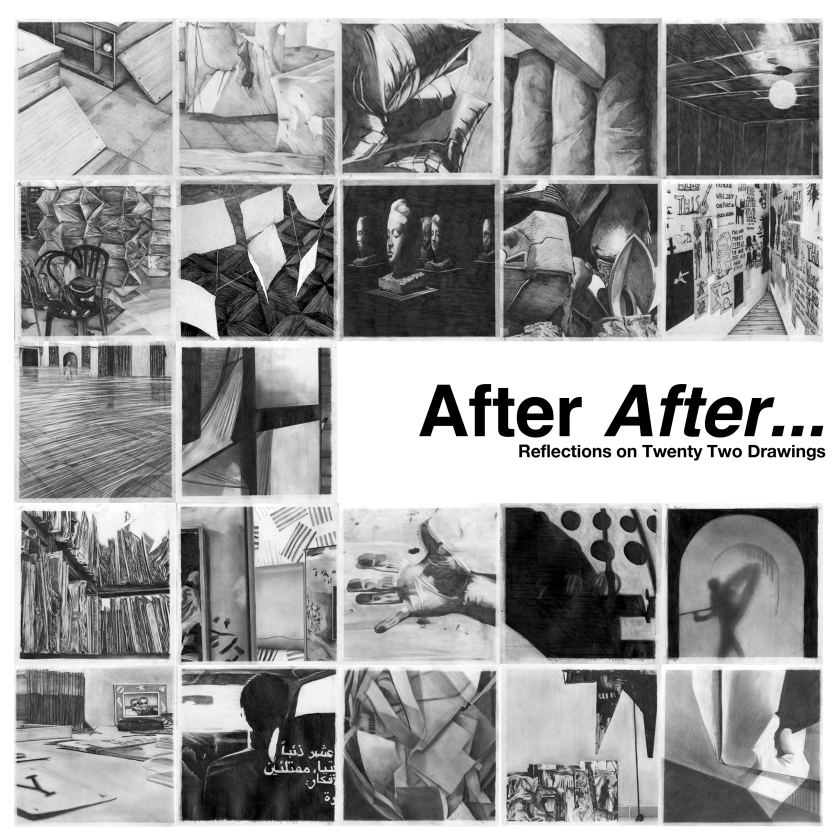For my PhD submission I have produced a short (56pp) publication to accompany the thesis. You can buy it by following this link. As with 365drawings – a version of which will also accompany my thesis – I have used lulu.com to produce the book meaning that you can buy it directly from them and, as they have production facilities in several parts of the world, it’ easier for you to get it from them than me.
After After… is priced at £10 (plus p+p), but I’ve discounted it to £8 as an introductory offer. I don’t have spare copies so they cannot, at present, be bought directly from me.
If you want to buy 365drawings, it’s still available at £15 (plus p+p) and the link is here.
After After… contains a mixture of images and text that explores a work that I consider fatally flawed, but needed to come to terms with for my research. The drawings aren’t that bad, though some are better than others but what was really useful was reviving them through reflective writing. Much of it isn’t that academic and might be of interest to anyone who draws. I like this book better than I like the work (which was called After, hence the title).
An extract from the introduction:
I began making After… in the autumn of 2012 and abandoned it a little over a year later. In excess of thirty drawings could be considered part of the larger work but only twenty-two are discussed here. Writing about the entire corpus would serve no real purpose and the observations would have become repetitive. As production of After… proceeded it became obvious that the larger work had become a vessel into which any drawings that fulfilled conceptual criteria I had established could be placed, regardless of what they offered the project as a whole. This was due in large part to my preoccupation with accurately representing the appearance of the photographs that were the source material for the drawings, a preoccupation that overwhelmed any interest in what was actually shown in the photographs. Simon Morris, in the interview granted for this research, speaks of the importance of appropriateness when ‘mapping’ processes onto sources in order to make work. The process used for After… – the making of drawings of art works by others – is possible, but it is not always appropriate.
Below is a double page spread to give you an idea of the book’s content. If you click on the image, it will open in another window enabling you to read the text.


